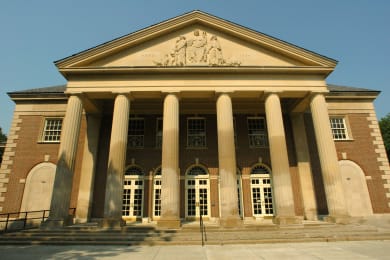News
-
The Calidore String Quartet Wins BBC Music Magazine Chamber Music Award
-
Who Was Felix Mendelssohn? A Brief Introduction
-
Creating Inclusive Spaces
-
Trios and Teamwork
-
Interviews
Collaborative Composing
-
Orion String Quartet Honored with CMS Award for Extraordinary Service to Chamber Music
-
A Brief History of The Piano
-
CMS Returns to SPAC for 2024
-
John Rubinstein Will Narrate “The Soldier’s Tale”
-
Who was Maurice Ravel? A Brief Introduction
-
Interviews
Announcing the 2024–2025 Season at CMS
-
Listen to Selections from the 2024–2025 Season











